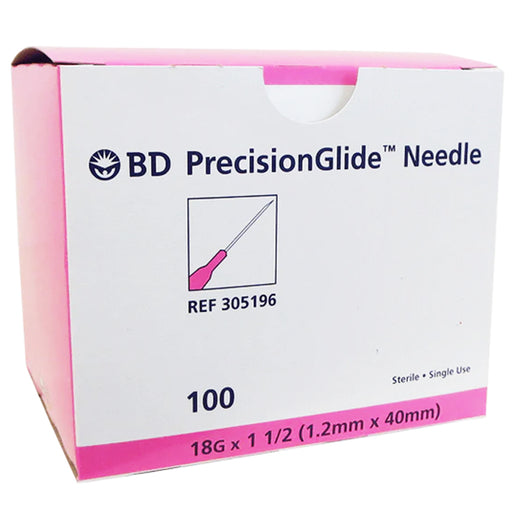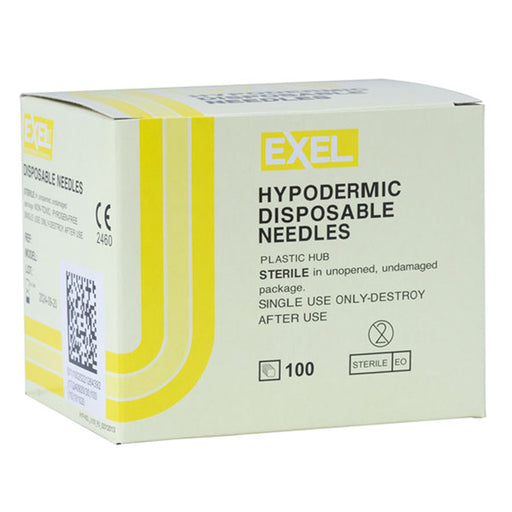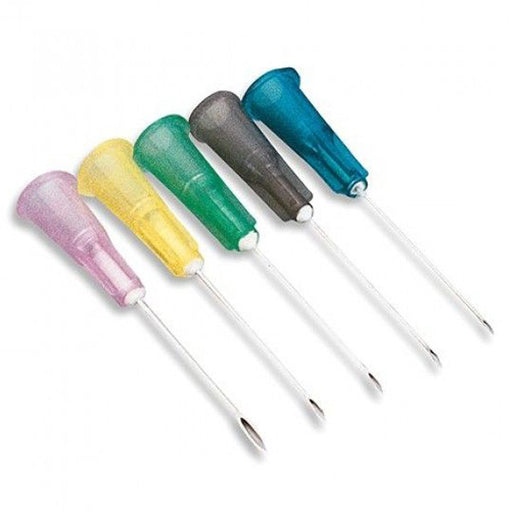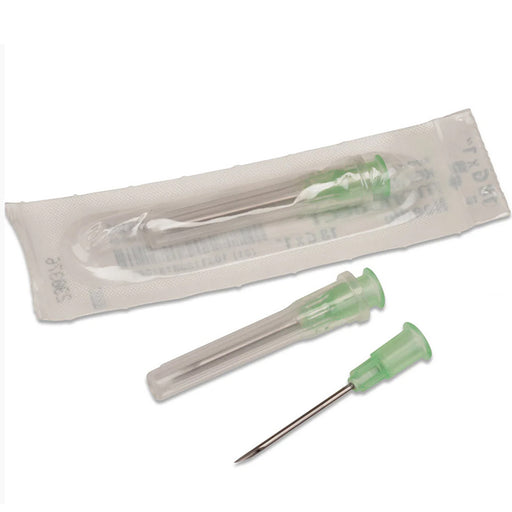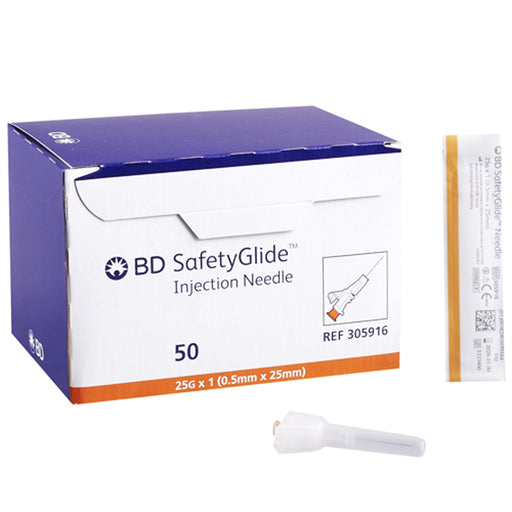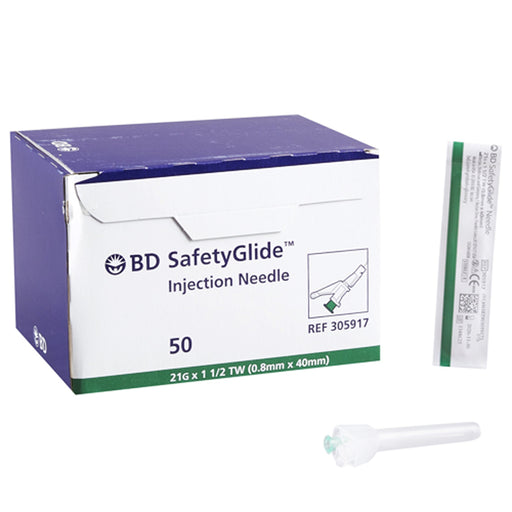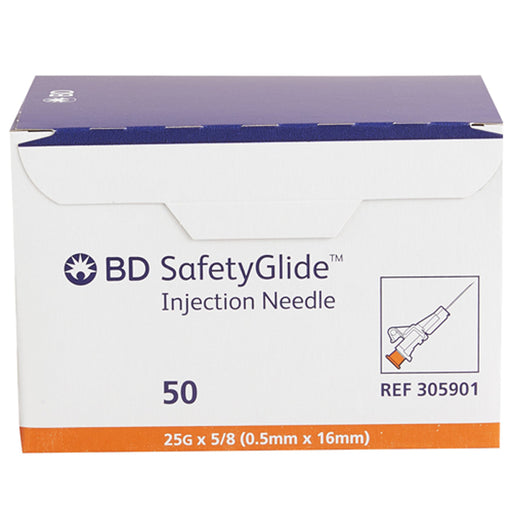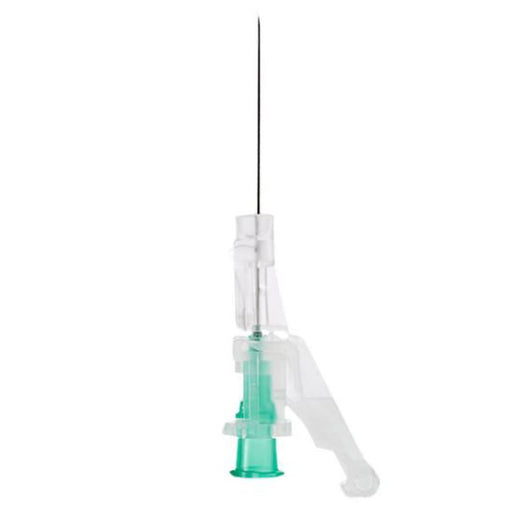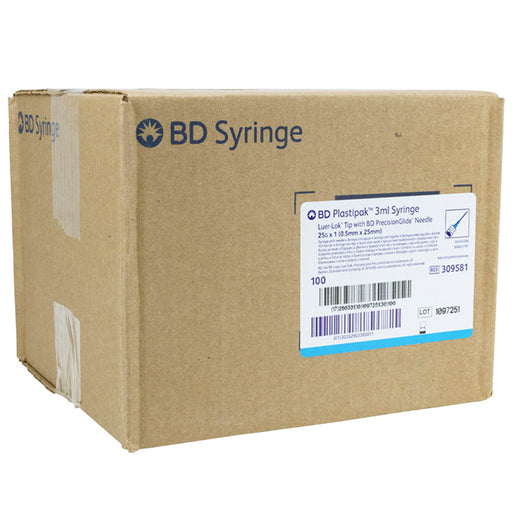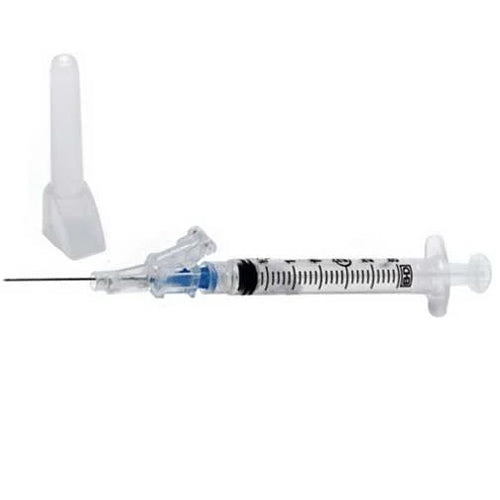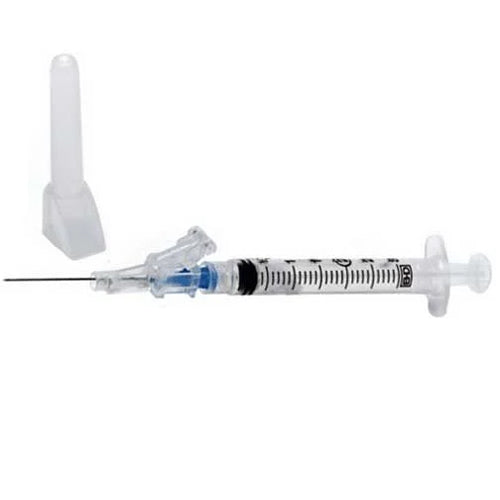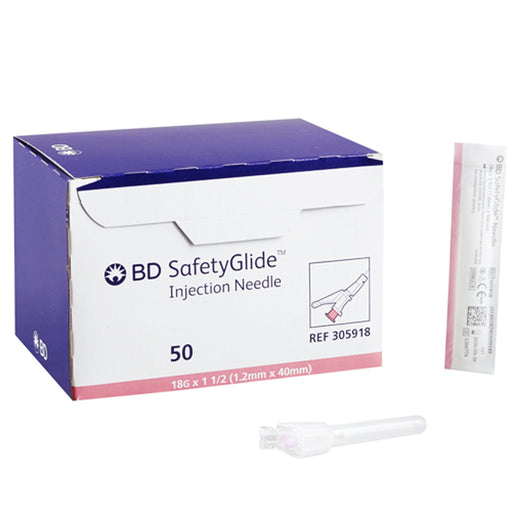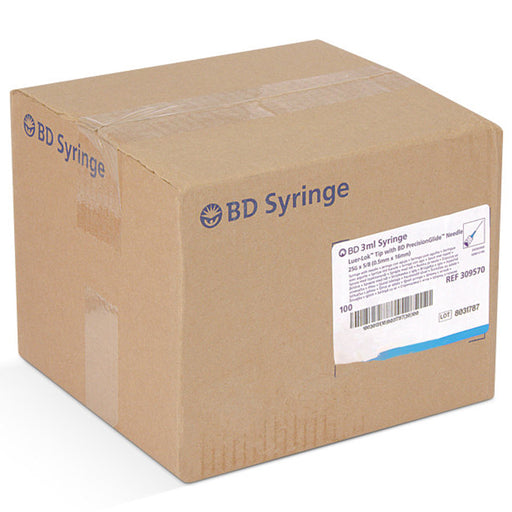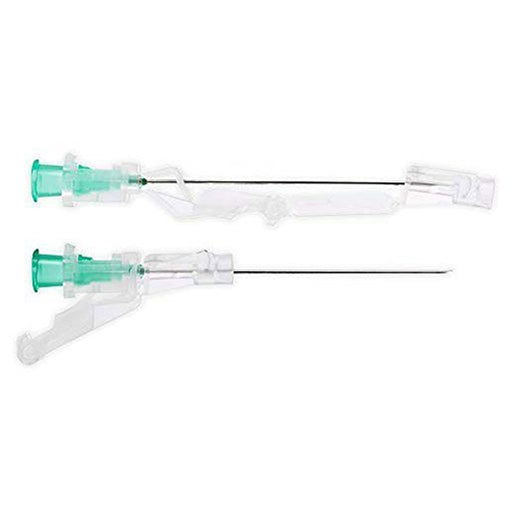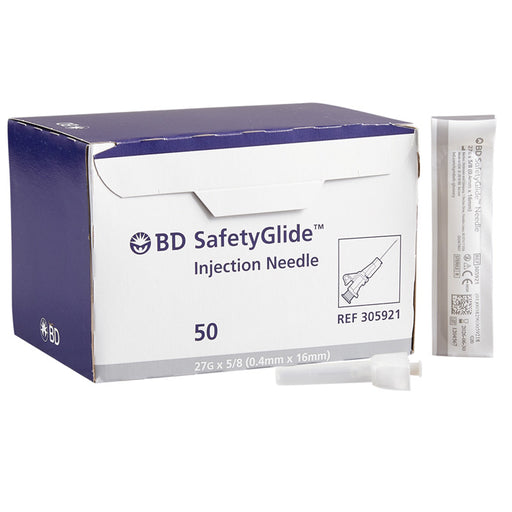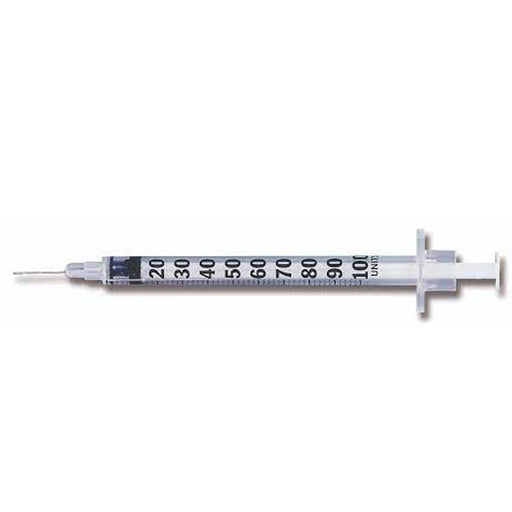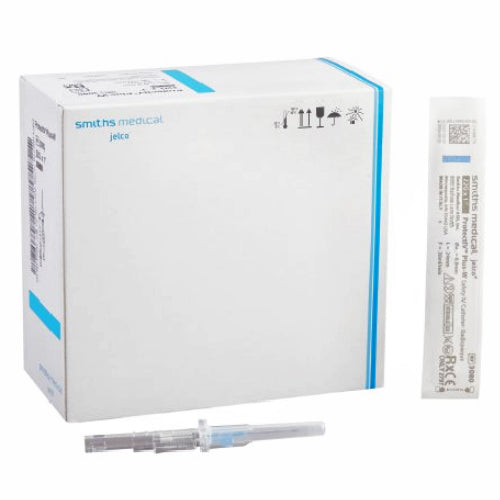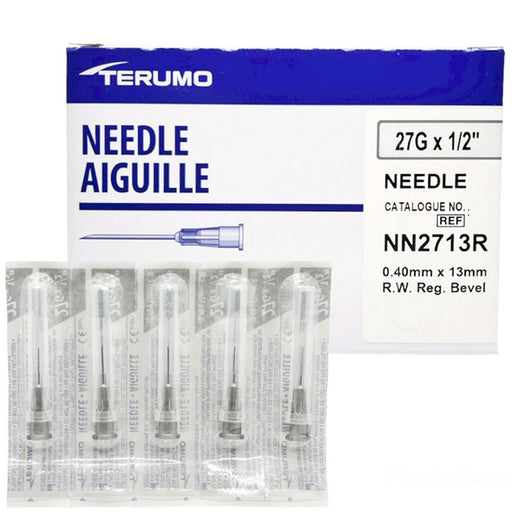What are Hypodermic Needles
Hypodermic needles are medical tools designed for injecting substances into the body or extracting fluids from it. They consist of a hollow needle attached to a syringe and are commonly used for administering medications, vaccines, or drawing blood. The term "hypodermic" means "under the skin," indicating that the needle penetrates into the subcutaneous tissue. These hypodermic needles come in various sizes to accommodate different types of injections and patient needs. Proper handling and disposal are crucial to avoid contamination and infection.
What are the different Hypodermic Needles Sizes?
Hypodermic needles come in various sizes, which are determined by gauge and length:
Gauge:
- The gauge refers to the diameter of the needle.
- Smaller gauge numbers indicate larger diameters, while larger gauge numbers indicate smaller diameters.
- Common gauges range from 18 to 30.
- For example, an 18-gauge needle is thicker than a 25-gauge needle.
Length:
- Needle lengths vary and are typically measured in inches.
- Common lengths range from 0.5 inches to 1.5 inches.
- The appropriate length depends on the type of injection and the patient's body type.
Usage:
- 18-21 Gauge: Often used for drawing blood or administering thicker medications.
- 22-25 Gauge: Common for typical intramuscular or subcutaneous injections.
- 26-30 Gauge: Used for more delicate procedures, such as insulin injections.
Choosing the right needle size depends on factors like the type of injection, medication viscosity, and patient characteristics. Always follow medical guidelines and recommendations when selecting needle sizes.
How to insert a Hypodermic Needle
Inserting a hypodermic needle requires careful technique to ensure safety and effectiveness. Here’s a general guide, but always follow specific medical guidance and protocols:
Preparation:
- Wash Hands: Ensure your hands are clean to prevent infection.
- Gather Supplies: You’ll need an alcohol swab, the hypodermic needle and syringe, gloves, and any medication or fluid.
- Check the Medication: Verify the medication, dosage, and expiration date.
Setup:
- Wear Gloves: Protects you and the patient.
- Draw Medication: Use the syringe to draw the required amount of medication, ensuring no air bubbles remain.
Select the Injection Site:
- Common sites include the upper arm, thigh, abdomen, or buttocks, depending on the type of injection.
- Avoid sites that are bruised, swollen, or infected.
Clean the Area:
- Use an alcohol swab to clean the skin in a circular motion, starting from the center and moving outward.
- Allow the area to dry naturally.
Insert the Needle:
- Hold the Syringe: Use your dominant hand to hold the syringe like a pencil.
- Stretch the Skin: With your non-dominant hand, gently stretch the skin around the injection site to make it taut.
Angle: Depending on the injection type:
- Intramuscular (IM): 90-degree angle.
- Subcutaneous (Sub-Q): 45-degree angle.
- Intradermal (ID): 10-15 degree angle.
Inject:
- Insert the needle swiftly and steadily.
- If instructed, pull back slightly on the plunger to check for blood (aspiration) for certain types of injections.
- Slowly push the plunger to inject the medication.
Withdraw the Needle:
- Remove the needle quickly and at the same angle it was inserted.
- Immediately apply gentle pressure with a clean cotton ball or swab.
Dispose of the Needle:
- Discard the needle in a designated sharps container.
Aftercare:
- Monitor the injection site for any adverse reactions or signs of infection.
- Ensure patient comfort and assist as needed.
Always receive proper training before performing injections and adhere to local regulations and guidelines.
Side Effects from Hypodermic Needle Injection:
While hypodermic needle injections are generally safe, they can occasionally cause side effects. Some common ones include:
- Pain or Discomfort: Temporary soreness at the injection site.
- Bruising: Minor bleeding under the skin leading to bruising.
- Swelling or Redness: Mild irritation or inflammation around the injection site.
- Infection: Rare, but can occur if the injection site or needle is not sterile.
- Allergic Reaction: Reaction to the medication, rather than the injection itself, potentially causing rash, itching, or more severe symptoms.
- Bleeding: Slight bleeding can occur, especially if a blood vessel is punctured.
- Nerve Injury: Rare, but possible if a needle damages a nerve.
If any severe reactions or symptoms arise, such as significant swelling, difficulty breathing, or intense pain, seek medical attention immediately. Always follow proper injection techniques and hygiene practices to minimize risks.

